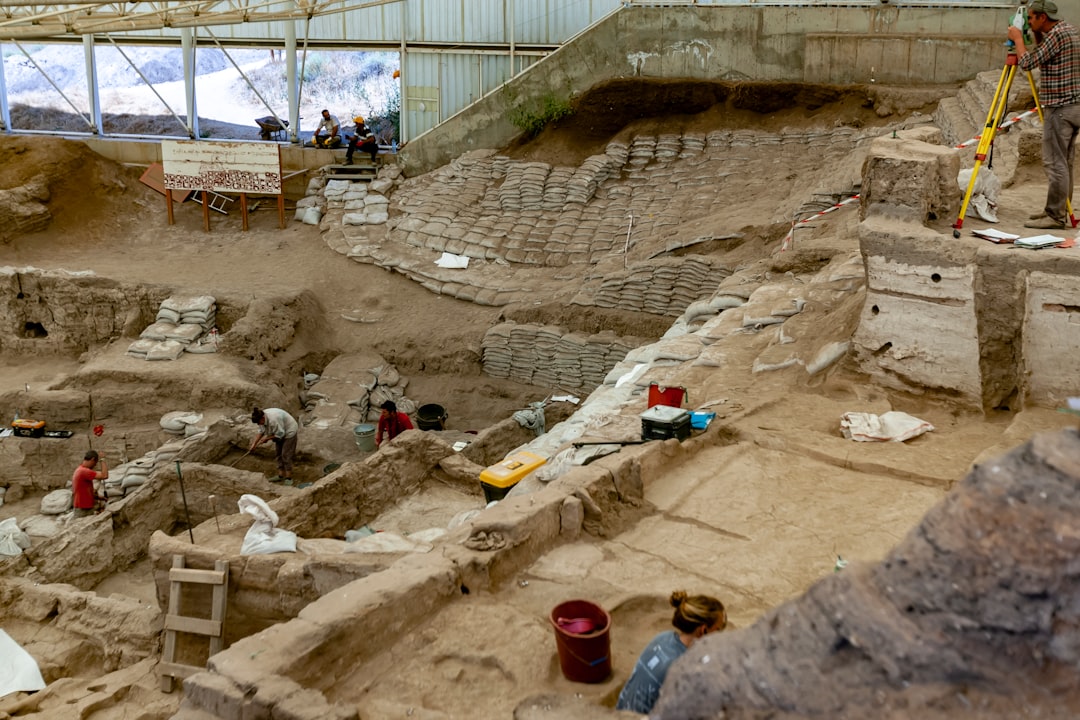What is it about?
The mainstream conclusion among archaeologists regarding the community at Neolithic Tepe Tula'i, which was a tent site with no permanent buildings, comes from Pires-Ferreira (1975). Pires-Ferreira analyzed the Tepe Tula'i domesticated caprine bones, which comprised only goat bones, and concluded that the living herds of domesticated goats there did not include goats that were too young to be weaned. Consequently, Pires-Ferreira concluded that the domesticated goat herds at Tepe Tula'i were managed by specialist herders from a distant sedentary community who traveled to Tepe Tula'i with the fallow herds (i.e., pre-weanlings and lactating nannies excluded) to stay there temporarily to meet the goats' nutritional needs. However, the variety of domestic artifacts and figurines found at Tepe Tula'i suggest that the community was a community of families, not just specialist herders. This article argues that the statistical evidence on which Pires-Ferreira based her conclusion is suspect—she did no inferential statistics to support her claims, and that, moreover, when inferential statistics are performed on the goat bones, the statistics show that the ages of the goats at death at Tepe Tula'i are statistically equivalent to those from natural goat herds. Thus, it can be concluded that Tepe Tula'i was inhabited by seasonally nomadic families who probably used their goats as pack animals to help them relocate.
Featured Image

Photo by Xavier von Erlach on Unsplash
Why is it important?
The Tepe Tula'i findings provide evidence that seasonal nomadism took place in Neolithic SW Iran. That some communities were seasonally nomadic in the Neolithic Middle East bolsters the thesis that cross-regional trade in obsidian and other exotic goods across a wide swath of Western Asia was enabled by goat herders, who used their goats as pack animals.
Perspectives
I would like more social psychologists and cognitive psychologists to take an interest in the prehistoric and ancient Middle East, where civilization dawned first.
Donna Sutliff
Read the Original
This page is a summary of: On nomadic transhumance at Neolithic Tepe Tula'i, Iran: A re-analysis of findings, Journal of Archaeological Science Reports, September 2015, Elsevier,
DOI: 10.1016/j.jasrep.2015.06.014.
You can read the full text:
Contributors
The following have contributed to this page










